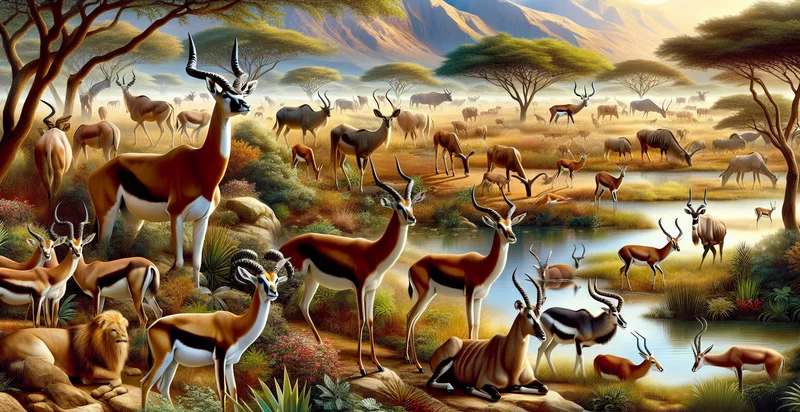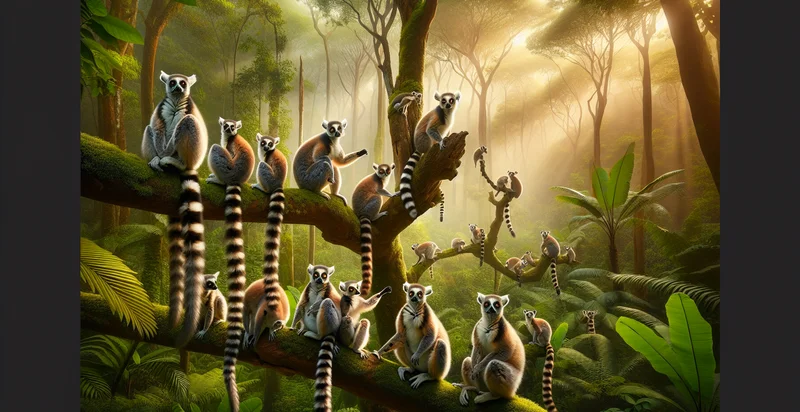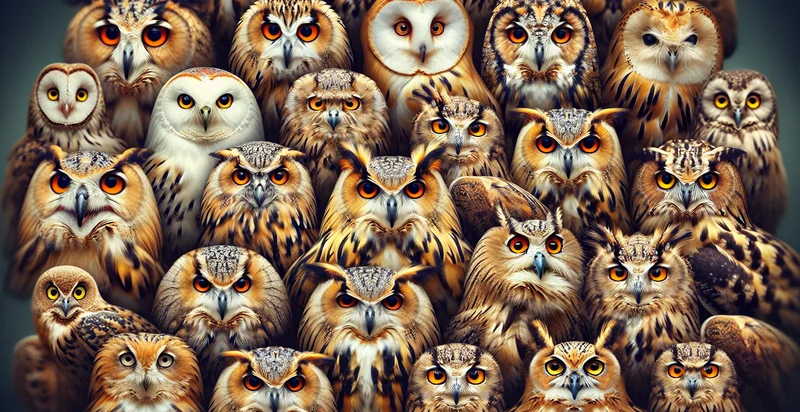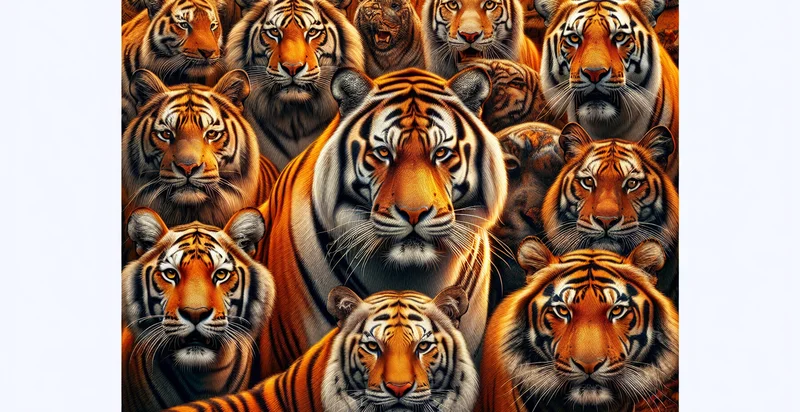Identify antelope species
using AI
Below is a free classifier to identify antelope species. Just upload your image, and our AI will predict which species of antelope it is - in just seconds.

Contact us for API access
Or, use Nyckel to build highly-accurate custom classifiers in just minutes. No PhD required.
Get started
import nyckel
credentials = nyckel.Credentials("YOUR_CLIENT_ID", "YOUR_CLIENT_SECRET")
nyckel.invoke("antelope-species-identifier", "your_image_url", credentials)
fetch('https://www.nyckel.com/v1/functions/antelope-species-identifier/invoke', {
method: 'POST',
headers: {
'Authorization': 'Bearer ' + 'YOUR_BEARER_TOKEN',
'Content-Type': 'application/json',
},
body: JSON.stringify(
{"data": "your_image_url"}
)
})
.then(response => response.json())
.then(data => console.log(data));
curl -X POST \
-H "Content-Type: application/json" \
-H "Authorization: Bearer YOUR_BEARER_TOKEN" \
-d '{"data": "your_image_url"}' \
https://www.nyckel.com/v1/functions/antelope-species-identifier/invoke
How this classifier works
To start, upload your image. Our AI tool will then predict which species of antelope it is.
This pretrained image model uses a Nyckel-created dataset and has 25 labels, including Saiga Antelope and Pronghorn Antelope.
We'll also show a confidence score (the higher the number, the more confident the AI model is around which species of antelope it is).
Whether you're just curious or building antelope species detection into your application, we hope our classifier proves helpful.
Related Classifiers
Need to identify antelope species at scale?
Get API or Zapier access to this classifier for free. It's perfect for:
- Wildlife Conservation: Conservation groups could utilize the 'antelope species' identifier to automatically categorize images captured by camera traps. This information could then be used to track antelope populations or individual species' health and distribution.
- Research and Education: Academic institutions and research groups studying ecology or biology could apply the function to efficiently categorize vast amounts of visual data collected in the field. Students could use it in their research projects.
- Game Reserves and Safaris: Game reserves and safari operators could utilize the identifier to categorize the antelope species seen on their trails, improving their ability to provide accurate information to their guests.
- Content Creation and Film Making: Film producers or photographers could use the identifier to tag their archive footages or photos, thus easing the process of searching the required contents based on species.
- Advocacy and Fundraising: Non-profit organizations focused on wildlife protection can use the identifier in their fieldwork, allowing for precise species identification that can help to generate more targeted and effective advocacy and fundraising campaigns.
- Regulatory Compliance and Enforcement: Government agencies responsible for wildlife regulation could use the function to accurately identify species in images, helping in implementing policies related to endangered antelope species.
- Eco-Tourism Marketing: Travel and tour operators specializing in eco-tourism can use the 'antelope species' identifier to accurately identify and showcase the diversity of wildlife in their travel brochures and online platforms, improving customers' confidence.


